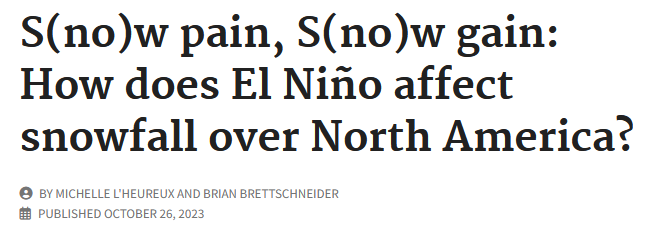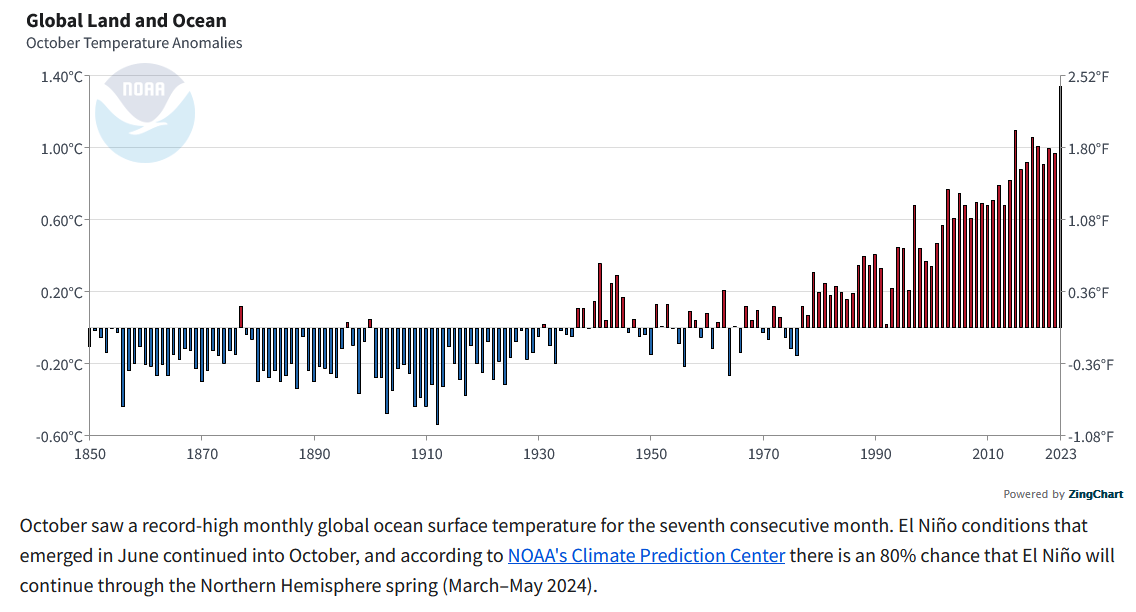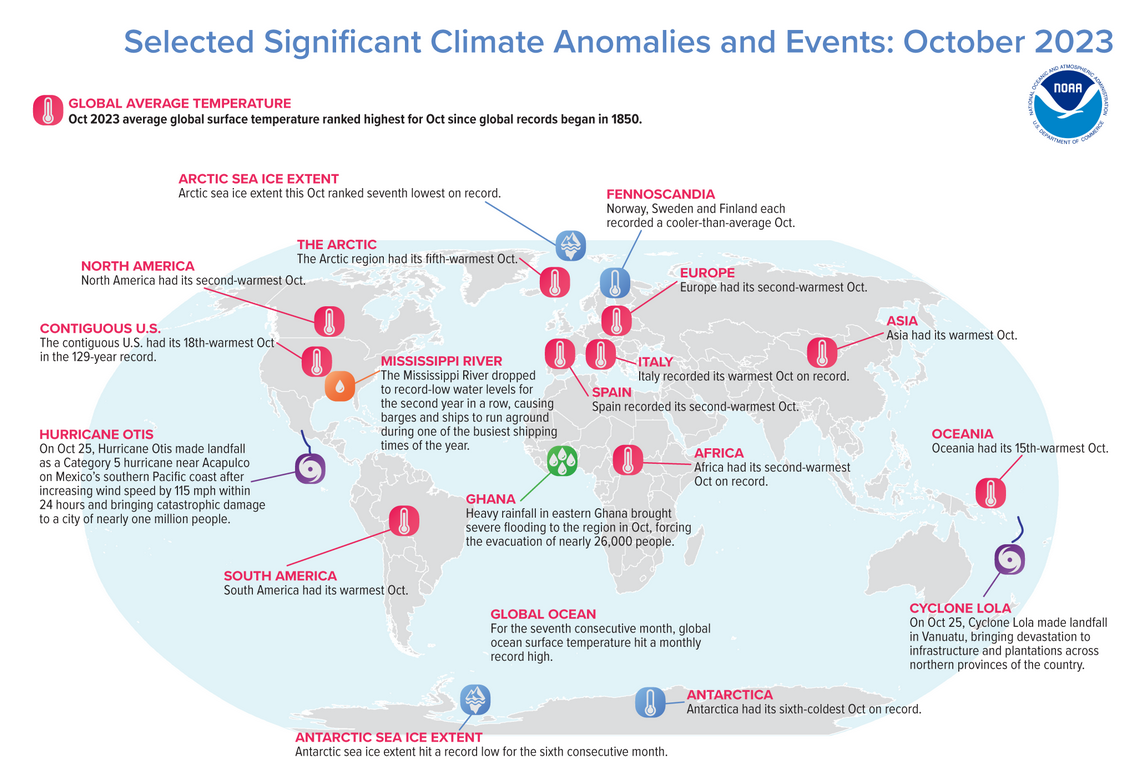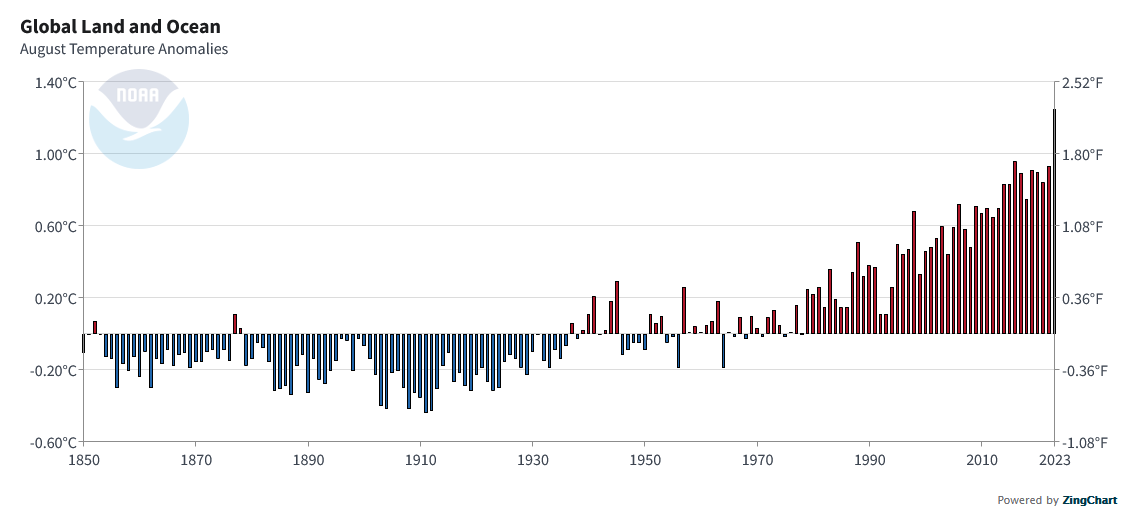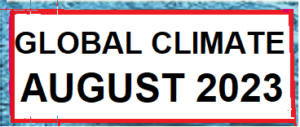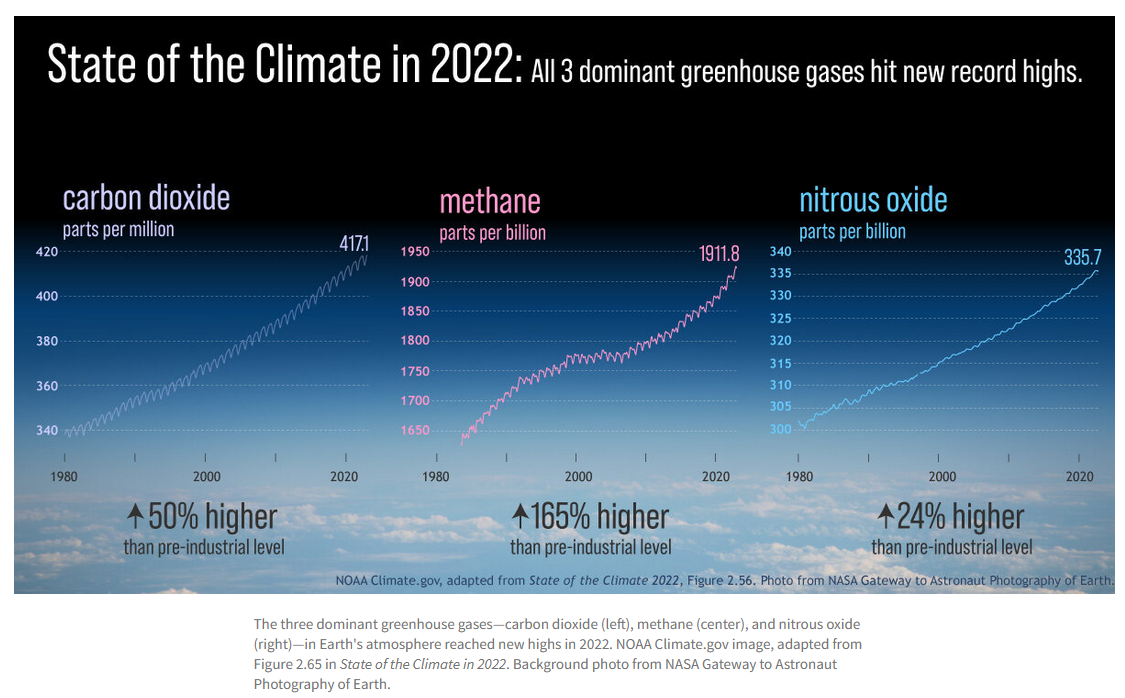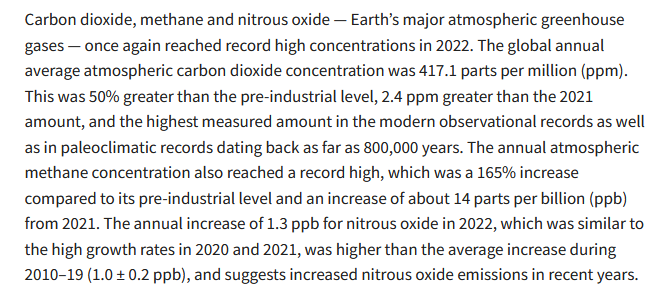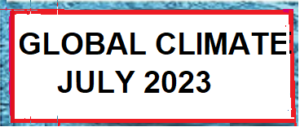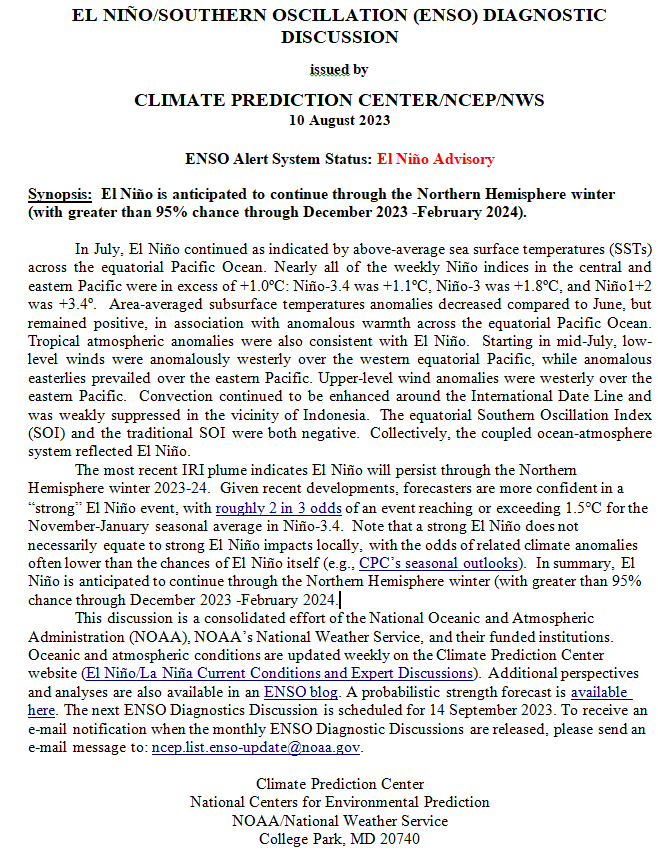On the second Thursday of every month, NOAA (really their Climate Prediction Center CPC) issues its analysis of the status of ENSO. This includes determining the Alert System Status. NOAA again describes their conclusion as “ENSO Alert System Status: El Nino Advisory”
There is not much doubt that we have an El Nino. How long it lasts and its strength remains to be seen. NOAA may be more conservative compared to some other Weather Advisory Organizations.

CLIMATE PREDICTION CENTER ENSO DISCUSSION
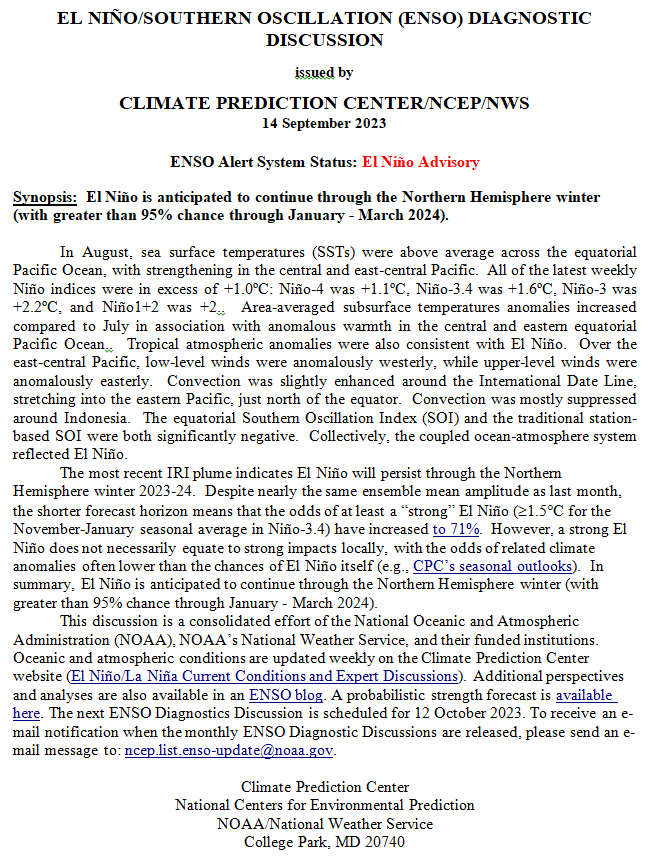
| The second paragraph is what is important:
“The most recent IRI plume indicates El Niño will persist through the Northern Hemisphere winter 2023-24. Despite nearly the same ensemble mean amplitude as last month, the shorter forecast horizon means that the odds of at least a “strong” El Niño (≥1.5C for the November-January seasonal average in Niño-3.4) have increased to 71%. However, a strong El Niño does not necessarily equate to strong impacts locally, with the odds of related climate anomalies often lower than the chances of El Niño itself (e.g., CPC’s seasonal outlooks). In summary, El Niño is anticipated to continue through the Northern Hemisphere winter (with greater than 95% chance through January – March 2024; ).” |
We now provide additional detail but I am keeping this article shorter than usual because nothing much has changed since last month.
CPC Probability Distribution
Here are the new forecast probabilities. This information in the past has been released twice a month and the first release is based on a survey of Meteorologists, the second is based on model results. The probabilities are for three-month periods e.g. ASO stands for August/September/October. The approach may have changed as IRI (The International Research Institute for Climate and Society, Columbia University Climate School) may no longer be involved. Their website has not been updated this month.
Here is the current release of the probabilities:

| You can clearly see the forecast does not extend beyond AMJ 2024 and one does see a tail-off in the probabilities for El Nino conditions in the Eastern Pacific after the winter season. Some Meteorological Agencies see El Nino lasting longer but JAMSTEC showed it ending sooner in the article I posted last night which you can access HERE. |
Here is the forecast from late last month.
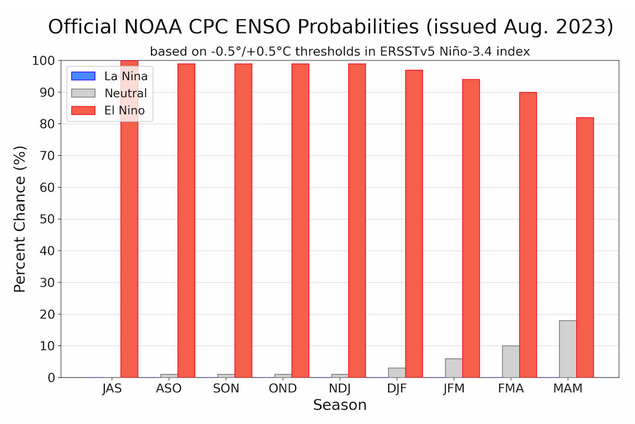
| This showed a slower demise of the El Nino. |

